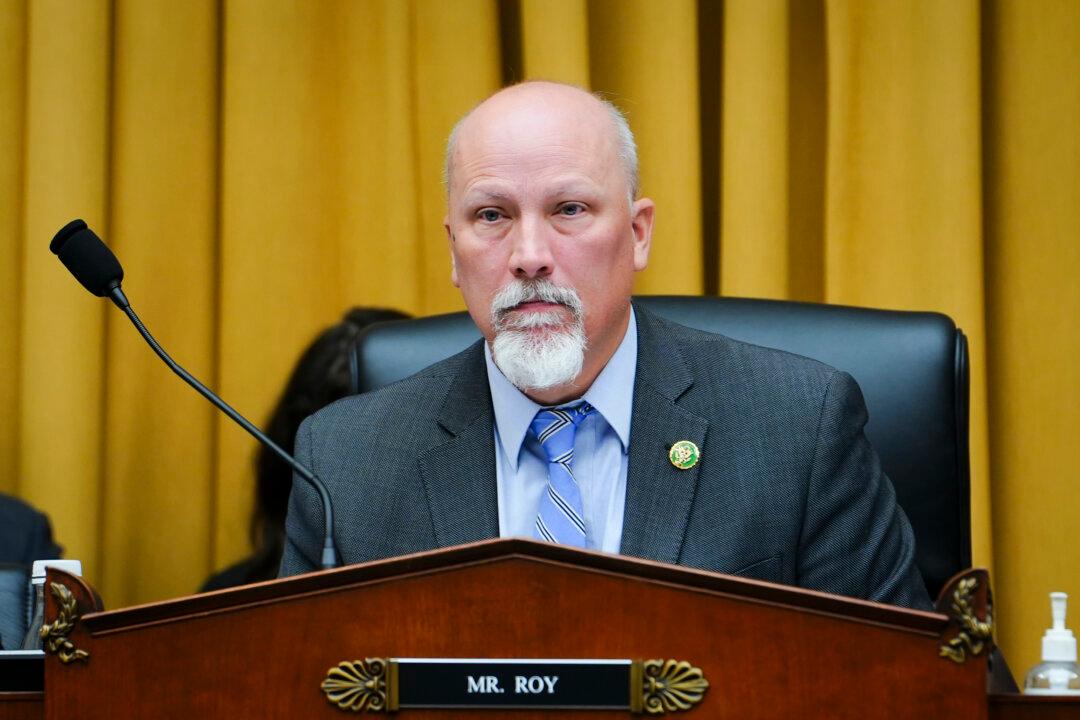The Energy Information Administration (EIA) expects the United States will remain a net exporter of petroleum and natural gas at least through the middle of this century.
Its 2023 Annual Energy Outlook, released on March 15, credits that trend to “growing international demand.”





